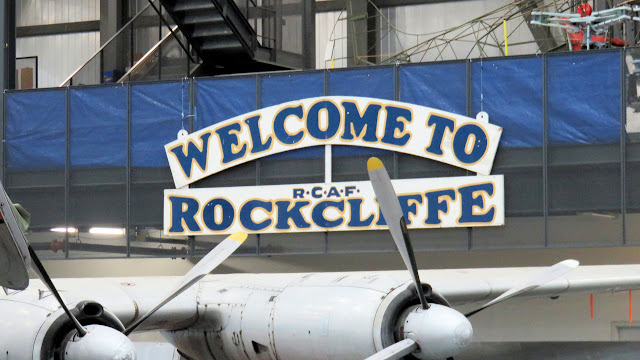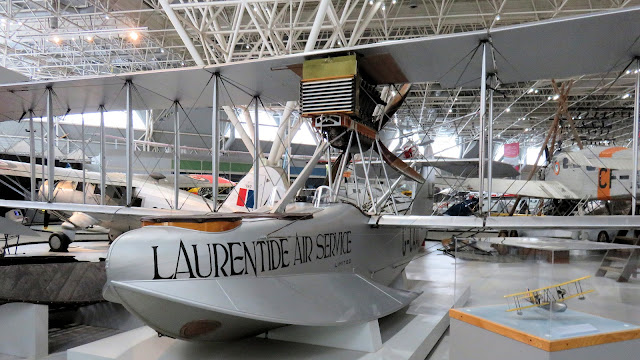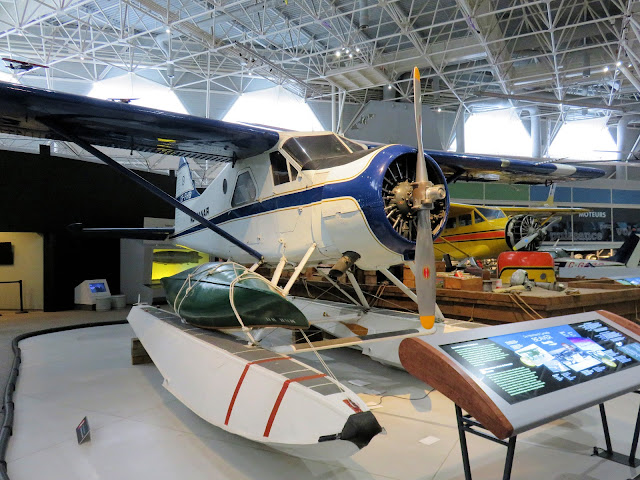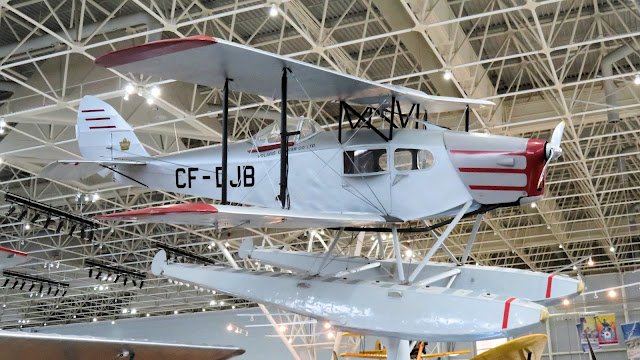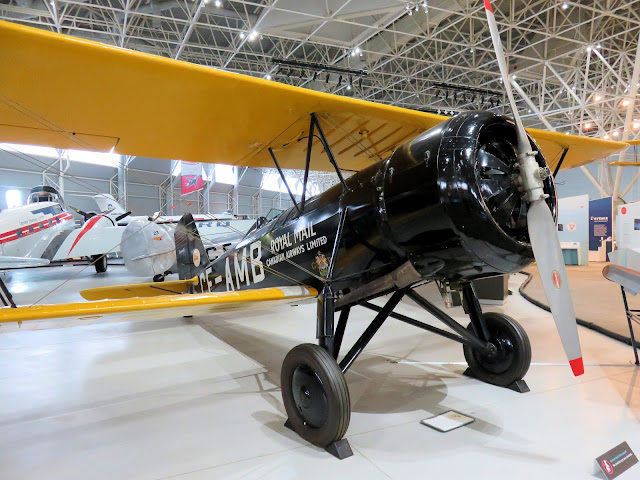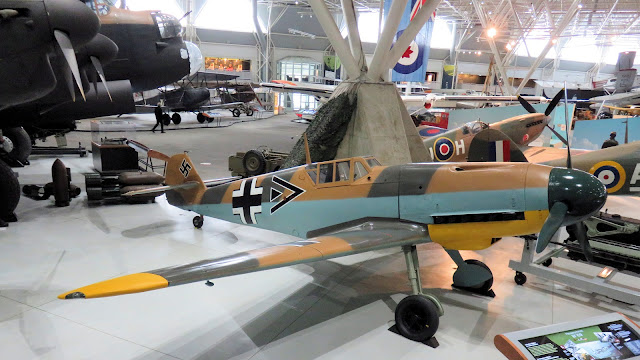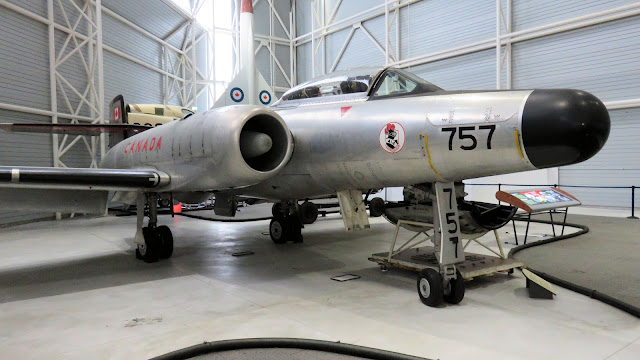Where Ichabod Crane Fears to Venture
When I was in elementary school, Disney's 1949 animated rendition of Washington Irving's 1820 masterpiece The Legend of Sleepy Hollow was a favorite seasonal staple. I was not alone; the story is loved by many. Growing up, I never gave any thought to where the story took place and was surprised to learn that Sleepy Hollow is a real place. Washington Irving based the setting of his tale on landmarks in the village of North Tarry Town in Westchester County, NY and titled his story with the place's nickname: Sleepy Hollow. In 1996, the village formally adopted this famous moniker as its official name. Located directly on the Hudson River roughly thirty miles north of New York City, Sleepy Hollow is easily accessed by General Aviation and seven Williamson Flying Club members planned a Halloween pilgrimage there to follow the trail of the Headless Horseman.
Fittingly Gloomy
| Date | Aircraft | Route of Flight | Time (hrs) | Total (hrs) |
| 28 Oct 2023 | N21481 | SDC (Sodus, NY) - HPN (White Plains, NY) - SDC | 5.0 | 2751.7 |
As our trip to Sleepy Hollow neared, forecasts for IFR weather inspired a shuffling of airplanes and pilots so that our seven adventurers were distributed among three IFR-capable airplanes with current IFR pilots. Scott and Kim flew with me, Mike and Gilead flew together in Warrior Eight One Six, and Tom and Alicia made the journey in Two Six Romeo.
That morning, we waited in the Williamson Flying Club clubhouse for a rain squall to pass. Finding us there, Chief Instructor Mike B commented that we were an "optimistic group" owing to an approaching cold front. Once the rain relented, we staggered our departures and called for our IFR clearances on the ground. Despite those ground clearances, we found that the ceiling above our home airport was high enough to accommodate VFR departures with airborne clearances. Better safe than sorry.
Putting the front to our tails, we flew in IMC (instrument meteorological conditions) for 30 minutes before emerging under a clear blue sky. During this time, Gilead and Mike discovered that the windscreen in Eight One Six leaks. It was Scott and Kim's first extended time in IMC and Scott captured some photos of us "in the ping pong ball" (credit: Colin). We flew at 7,000 feet with as much as a 30 knot tailwind.
 |
| As the clouds broke up, we could see the Catskills lurking beneath. |
Our destination was the Westchester County Airport (KHPN) in White Plains, NY. Tom and I filed via the Rockdale VOR, which was a starting point on the Nobbi Five arrival procedure used in the greater New York area. That was a good plan.
"Cherokee Four Eight One, on reaching Rockdale, fly the Nobbi Five procedure." It was the first time that I ever flew most of an arrival procedure. (I was assigned an arrival procedure into Oakland County International once, but was almost immediately vectored off of it because the route passed too close to an active parachute drop zone.) I flew most of the Nobbi Five before being vectored directly to the airport.
 |
| Final, runway 34, photographed from Two Six Romeo. Photo shamelessly stolen from Alicia. |
Westchester County airport was busy. We were cleared to land number four on runway 34 and asked to keep our speed up to accommodate a Pilatus behind us. Two jets and one piston aircraft were queued up to depart from the same runway when we arrived. After landing (airport #271), we made the first turnoff and taxied to the Million Air ramp.
 |
| Line crew at Million Air chocks Warrior 481 next to a Cirrus Vision Jet. |
Prior research suggested that Million Air was the most General Aviation-friendly FBO on the field, especially with notorious price gougers Atlantic and Signature present as competitors. Even so, combined parking and landing fees totaled $50. Some of the fees could be waived with a fuel purchase, but buying $8+/gal avgas was not very appealing to me.
 |
| Scott and Kim head across the ramp to the FBO. |
The Million Air ramp was occupied by a disproportionately large number of Cirrus aircraft (Cirri?) and kerosene burners that provided insight into the local economy. The airport as a whole most certainly did not cater to our pilot demographic.
I waited for Tom and Alicia to land before heading inside.
Gilead and Mike were waiting for us at Warrior Eight One Six when we arrived.
High Rent District
One look at the FBO building put the high ramp fees into immediate context. Considering that Westchester County Airport serves the flying elite in metropolitan New York City, I should not have been surprised.
When I walked inside, I immediately felt underdressed and wondered if Million Air offered loaner suit coats to help casually dressed patrons fit in the way fancy restaurants do.
The facility was a long way from the ramshackle pilot shack in Three Rivers, MI where I learned to fly. I was reminded of an alpine lodge combined with a high-end department store. The latter observation was inspired by glass cases scattered throughout containing overpriced goods meant to inspire impulse buys from well-heeled clientele. Some of the watches were nice, but also cost as much as my entire airplane.
 |
| Million Air's courtesy car garage. |
One thing that took the sting out of the landing fee was the fleet of Mercedes courtesy cars. Mike, Scott, Kim and I piled into one while Tom, Alicia, and Gilead joined Gilead's local friend Harris in his personal SUV.
Sleepy Hollow, NY
Sleepy Hollow is a quaint village set on the eastern bank of the Hudson River. In the runup to Halloween, however, it was completely overrun by tourists. Fortunately, we managed to find parking among the glut of pedestrians and vehicles.
 |
| Outside of J.P. Doyle's. |
 |
| Display in the alley alongside J.P. Doyle's. |
We had lunch at J.P. Doyle's, Irish pub and self-declared Halloween headquarters. There is even a "Horseman burger" on the menu. Oddly, it was not topped by a flaming jack-o'-lantern. Opportunity missed, J.P. Doyle's!
 |
| Our intrepid group of flying ghost hunters. Photo by Mike A. |
We took our obligatory group photo in J.P. Doyle's. From left to right: Scott, Kim, Tom, Alicia, Harris, Gilead, me, and Mike.
Trail of the Headless Horseman
As the organizer, Mike A had procured a Legend of Sleepy Hollow driving tour for us to explore. Unfortunately, the crowds in Sleepy Hollow made it virtually impossible to reach or loiter at particular sites while the flamboyant storyteller spun his yarn. We quickly abandoned the official driving tour and instead pursued a self-directed tour.
One of the first landmarks we came across was a bridge over the Pocantico River. In the legend, the Headless Horseman could not cross this river lest he become separated from the graveyard where his body was interred. Crossing this bridge, Ichabod Crane thought he had reached safety until the horseman wrathfully hurled his jack-o'-lantern substitute head at him. Although the original bridge from the story has since been replaced, it crossed the river at this spot.
Sleepy Hollow's Old Dutch Church was built in 1697 and presides over a three acre burial ground. It was here that the decapitated corpse of the Hessian soldier was buried during the Revolutionary War. The site is also the final resting place of Catriena Ecker Van Tessell (1760-1793), namesake of The Legend of Sleepy Hollow's Katrina Van Tassel.
This church is considered the second oldest church in the state of New York and the 15th oldest building.
Sleepy Hollow Cemetery
From there, we explored the Sleepy Hollow Cemetery directly adjacent to the Old Dutch Church property. The Legend of Sleepy Hollow author Washington Irving (1783–1859) was laid to rest here. We parked the car and hiked through the remarkably atmospheric cemetery in search of the Irving family plot.
Eventually we found it, the Irving family plot. Believe it or not, the exact site of the plot could be found with Google maps.
Washington Irving's headstone is the one adorned by American flags.
A Realm of Shadow and Mist
Our pilgrimage completed, we returned to Westchester County Airport. At Million Air, I helped myself to a Coke while I filed an IFR flight plan home. (In an avocation that speaks of $100 hamburgers, a $50 Coke fits right in.) I very optimistically filed direct at 6,000 feet to get home, but Westchester Clearance Delivery had different ideas and I was assigned the Westchester Seven departure procedure with a top altitude of 9,000 feet.
While receiving our instrument clearance over the radio, I was entertained by two guys struggling to park a Cessna 172 on the tiedown space next to us. The modern day Laurel and Hardy pushed and pulled on the poor Skyhawk in an effort to align the airplane properly over the tiedown rings in the asphalt, but each adjustment only succeeded in returning the airplane to the same poorly aligned position. It was the aeronautical equivalent to watching a novice attempting to parallel park while simply sawing back and forth along the same arc too far displaced from the curb. Sadly, one of the guys appeared to be the flight instructor and the whole scene spoke very poorly of his spatial reasoning skills.
Cleared to depart behind a commercial airliner, we were inscrutably vectored back and forth across the course to HAAYS, the first waypoint on the procedure. Perhaps ATC was trying to keep us from catching Tom who was ahead of us in Two Six Romeo, but our airplanes are well matched in speed and that should not have been an issue. At 9,000 feet, we faced a stiff headwind of 45+ knots that caused me to monitor fuel burn carefully, but we still landed with over an hour of gas on board.
While it was not a rapid flight home, the views were spectacular. I was left alone with my thoughts for a time once Scott and Kim fell asleep.
Eventually, we passed through the cold front that had pushed the dismal weather into Sodus that morning. In some ways, it was our own version of the Headless Horseman, a specter that pursued us across New York state that day. Now, we faced it head on. We experienced a sudden, severe downdraft. HAL was flying Warrior 481 at the time and automatically pitched up to maintain altitude, causing the airspeed to bleed off precipitously.
"Airspeed! Airspeed!" cried HAL as I intervened to prevent the airplane from stalling. It was over in a moment and I restored normal cruise. Behind the front, the headwind relented somewhat and our ground speed rose from the upper 70 knot range to just over 100 knots.
We returned to the Finger Lakes as the sun completed its arc across the daytime sky. Surface temperatures had plunged in the wake of the cold front, but the low clouds and rain from that morning had cleared out. Even the gusty wind forecast for our return had already dissipated, so I was able to give Scott and Kim a good enough landing that they will be willing to fly with me again someday.
Although the driving tour did not work out, we had a great run to a new (to me) airport. Despite it being in the high rent district, we enjoyed our pilgrimage to the Hudson River Valley to explore the interface between myth and fact.































































